Make better furniture with careful grain selection
Erik Curtis offers advice on how to select better grain and create visually balanced projects that elevate your woodworking.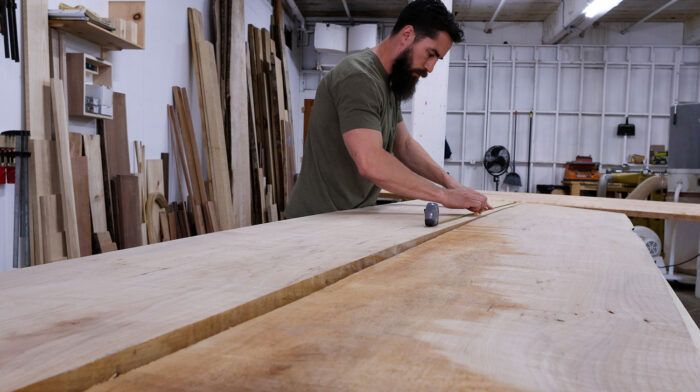
Grain selection. It is, perhaps, the most important design aspect a young woodworker can consider. A way for beginner/intermediate makers to elevate their work from lackluster to lovely, from “humdrum” to “holy smokes!”
Poor or haphazard grain selection can reduce a beautiful form and months of work to one that looks mass produced. You’ve seen it a million times–the thin beech laminations of an IKEA tabletop or the wonky, off-center cathedrals of a Pottery Barn oak table. It speaks to efficiency rather than intention. So, how do we avoid that as makers of fine furniture?
Start from the ground up
The journey to better grain selection begins at the lumberyard. If possible, purchasing a flitch (a group of boards cut from the same log) allows you to get more consistent grain patterns and coloring throughout your work. Not to mention that it opens the possibility to bookmatching, which brings its own level of visual balance to a piece.
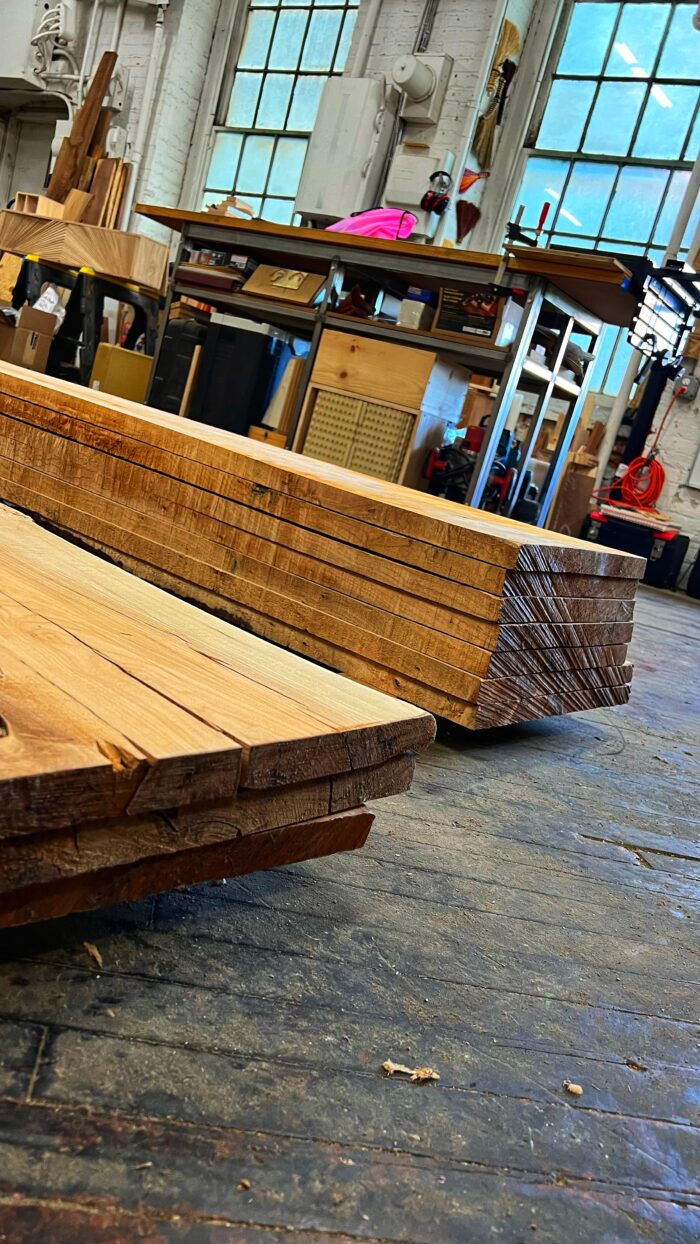
That’s not always possible, however, and can be cost prohibitive. So, short of that, carefully picking through the stacks of lumber (which any lumberyard worth your time and money will allow you to do) to find boards with consistent and centered grain patterns will make life easier down the road and create less waste. Wood is expensive; after all, this stuff doesn’t just grow on trees!
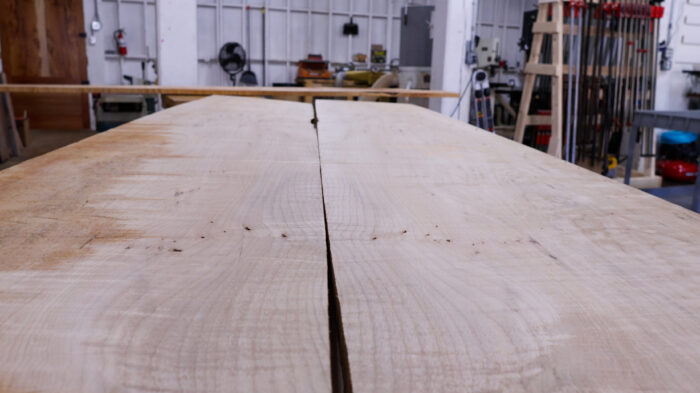
Putting the puzzle together
Once you’ve carefully selected your lumber and brought it back to your workshop, it’s time for the careful, surgical work of mapping out the components. Using your cutlist, you can lay out in pencil (or chalk) each component on your boards and use a bandsaw, circular saw, or jigsaw to process the material before beginning the normal milling process.
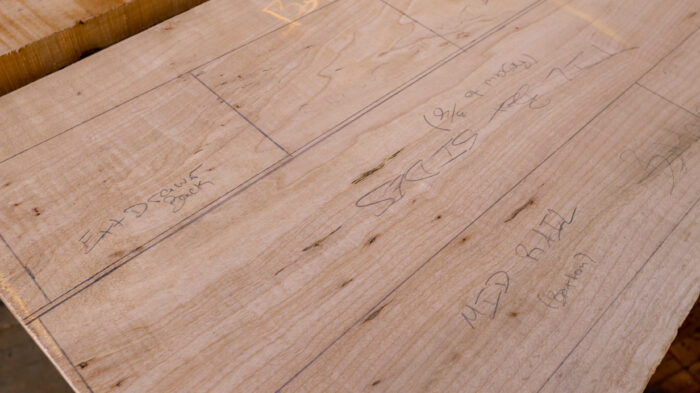
This really is just a large puzzle, as you search to find the straightest grain for straight components, or perhaps some mildly curved grain to roughly match the curve of that one piece you have planned. You can center cathedrals on a panel or avoid them altogether by bookmatching a riftsawn piece. You can use slightly off-kilter pieces for drawer sides or backs to be more economical. The options are endless, really. This step is entirely dependent on personal preference. And if this is a step you struggle with, here is an article with a helpful tip to visualizing these components. The important thing, however, is that each piece is chosen carefully and with intention; that your riftsawn grain is running parallel with the component you cut, not fading from one side to the other across the length of the piece, for example. It brings a visual stability to the object. A sense of calm.
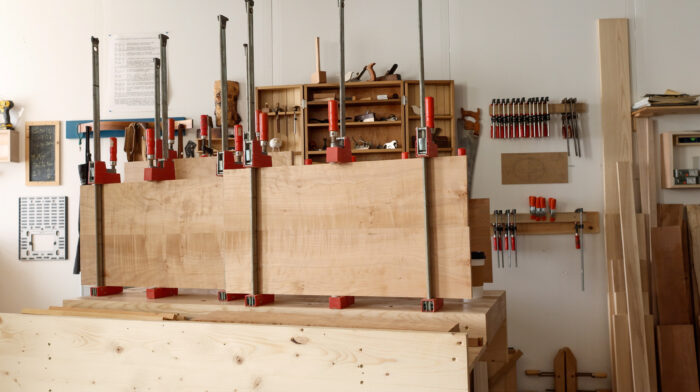
Meticulous or inefficient?
Grain selection may seem a superfluous step to some, and it may seem wasteful and inefficient to others. That’s fine. If your goal is to build, then build away. There is no shame in efficiency and utilitarianism or in learning the craft before worrying yourself with design too much. But for those among us who seek to improve their design skills alongside their craftsmanship, I encourage you to pay close attention to grain selection for your next project. It may just help elevate your work to another level.
Erik Curtis
 |
Tips for finding the best grain in a boardMason McBrien’s tips will help any woodworker get the most out of their lumber stash–without sacrificing beautiful grain selection. |
 |
Open-grain vs. closed-grain woodUnderstanding wood properties can help elevate your furniture making experience. |
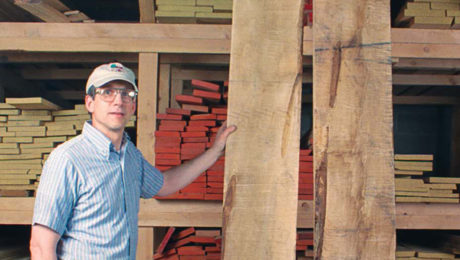 |
Lumberyard sleuthTelltale signs to match and find wood that all came from one tree. |
Fine Woodworking Recommended Products

AnchorSeal Log and Lumber End-Grain Sealer

DeWalt 735X Planer

Ridgid R4331 Planer



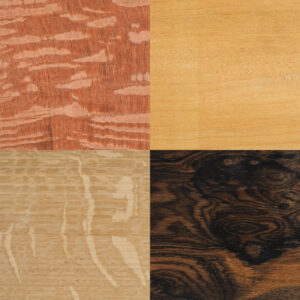
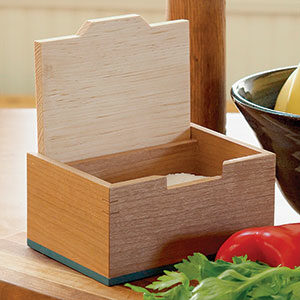
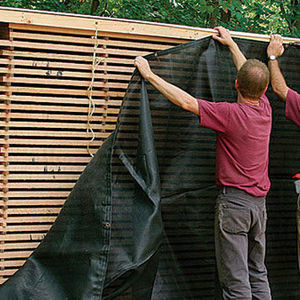

















Log in or create an account to post a comment.
Sign up Log in